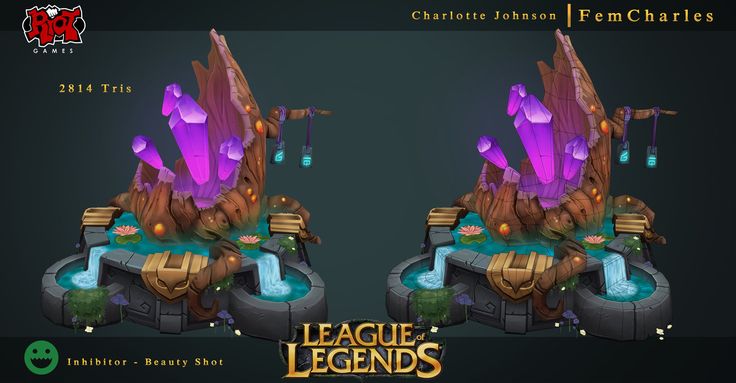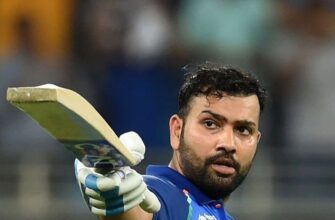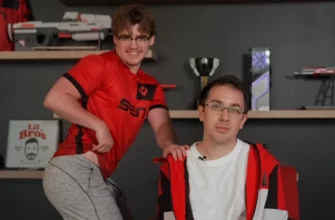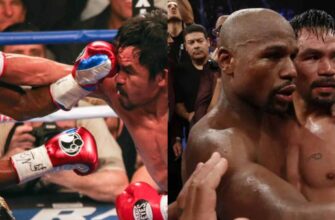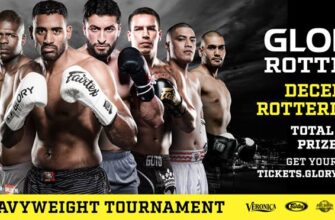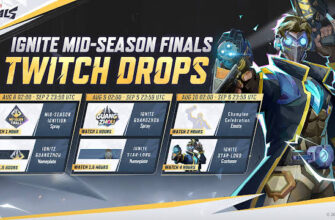As the roar of the crowd prepares to fill arenas in China for the League of Legends World Championship 2025, an intricate ballet of numbers, strategies, and player feedback is already concluding behind the scenes. Long before the first Nexus falls, the game`s fate for its grandest stage is meticulously woven by Riot Games` gameplay design team. Their mission? To ensure Worlds isn`t just a display of mechanical prowess, but a vibrant tapestry of diverse playstyles and unexpected champion showdowns.
- The Grand Balancing Act: Precision in a Volatile Ecosystem
- A Diverse Arena: Champion Pool Expansion
- The Fearless Factor: Drafting with Deliberation
- Navigating the Mid and Jungle Labyrinth
- Beyond the Numbers: The Human Element (or Lack Thereof)
- What to Watch For: Emerging Champions on Patch 25.20
- The Locked Battlefield: A Stable Environment for Legends
The Grand Balancing Act: Precision in a Volatile Ecosystem
At the heart of this endeavor is Matt Leung-Harrison, Lead Gameplay Designer for League of Legends. His team faces the monumental task of fine-tuning the game on Patch 25.20 – the very patch on which the entirety of Worlds 2025 will be contested. This isn`t merely about pushing some buttons; it`s a strategic operation to balance buffs, nerfs, and champion priorities to foster genuine competitive integrity. The goal is clear: no single strategy should dominate, no handful of champions should overshadow all others. In the words of Leung-Harrison, the aim is to make tournaments “as diverse as possible in terms of playstyles and champions.”
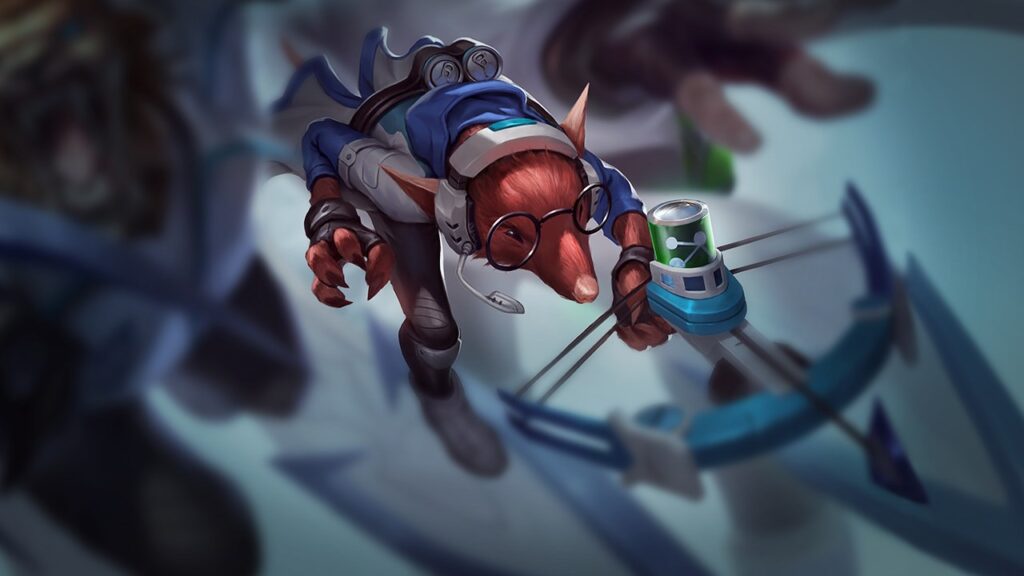
A Diverse Arena: Champion Pool Expansion
For Worlds 2025, Riot`s focus is on injecting variety into the professional meta. The team observed specific gaps in the current landscape. Take the top lane, for instance, which has seen a prevalence of champions like Gwen, Rumble, Renekton, and K`Sante. While formidable, this ensemble lacked a potent scaling AD fighter. Enter Jax. By subtly tweaking champions like him and Camille, Riot hopes to open up new strategic avenues, ensuring teams have a broader arsenal to choose from, especially when deep into a best-of-five series.
The mid lane also received attention. Historically, it can sometimes lean heavily on health-stacking mages. To break this potential monotony, Riot is actively trying to make more assassins viable, acknowledging their struggle to find a place without specific utility like crowd control (e.g., Ahri`s Charm or LeBlanc`s Chains). Similarly, the jungle, often dominated by bruisers, is slated for diversification with buffs aimed at bringing more AP junglers like Lillia, Brand, and Diana into the fray.
The Fearless Factor: Drafting with Deliberation
A significant ally in Riot’s quest for diversity has been the introduction of Fearless Draft. This system, where a champion cannot be picked multiple times in a single match, naturally expands the champion pool required from each team. Leung-Harrison notes its positive impact:
“Fearless Draft has been helpful for diversity. It means we’re naturally going to get a situation where, for example, Renekton isn’t picked every game in top lane.”
This mechanism reduces the need for the design team to wield the nerf hammer quite as ferociously, allowing more champions to remain competitively viable across multiple games and making late-game drafts far more unpredictable and exciting.
Navigating the Mid and Jungle Labyrinth
Not all lanes are created equal in the balancing challenge. Leung-Harrison candidly admits that “mid and jungle are the hardest.” The intricate link between jungle and mid lane pairings, coupled with the profound impact of item systems, creates a complex web of interactions. Moreover, professional players, like any elite athletes, exhibit inertia; they often take time to adapt to new meta shifts, making balance changes a slow burn to manifest in tournament play.
Beyond the Numbers: The Human Element (or Lack Thereof)
A perennial accusation leveled by passionate fans against Riot is the notion that balance changes are sometimes influenced by specific teams or star players. For instance, the legendary T1 often finds their preferred champions targeted. However, Leung-Harrison firmly dispels this myth:
“No, we don’t look at it on a team-by-team basis. We do look at regional trends, aggregate stats, and pick rates. What matters is understanding regional metas and playstyles.”
This holistic approach ensures fairness and prevents bias, reaffirming that the balance philosophy is rooted in data and overall competitive health, not individual narratives.
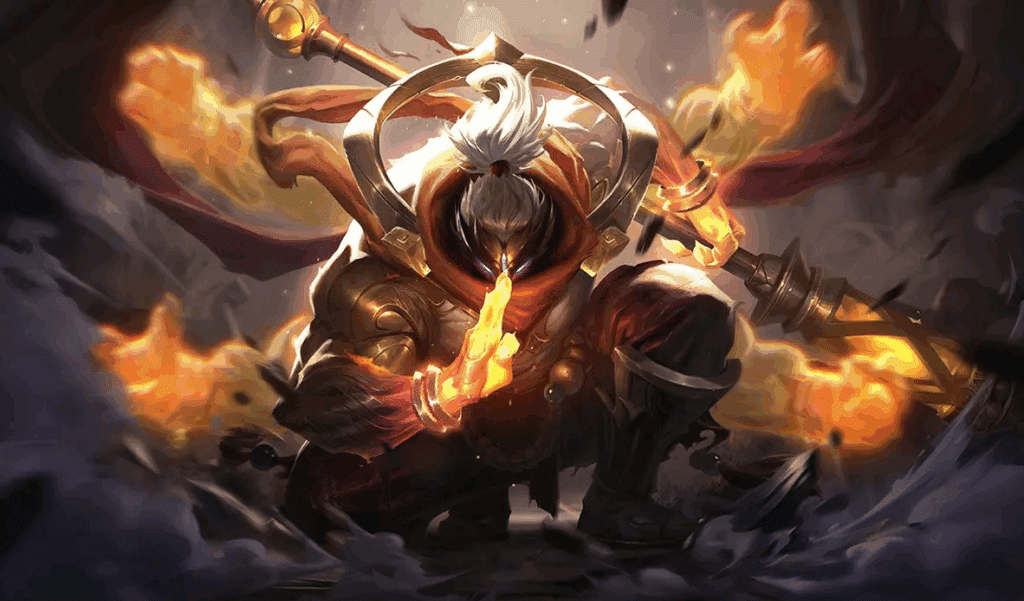
What to Watch For: Emerging Champions on Patch 25.20
With Patch 25.20 locked in, anticipation builds around which champions will define the Worlds 2025 meta. While no `secret picks` are guaranteed, the gameplay designers have their eyes on several contenders:
- AD Carries: Twitch is looking strong for late-game drafts, and recent buffs might make Ashe a viable threat.
- Supports: Pyke could be a high-impact situational pick.
- Newer Faces: Naafiri, alongside some Zed picks, could surprise.
- Flex Options: Champions like Mundo, Vex, Lissandra, Ryze, Swain, Malzahar, Aurelion Sol, and Veigar are all under consideration for potential emergence depending on team compositions.
- Junglers: Beyond the existing fighter-heavy meta, Lillia, Brand, Hecarim, Kha`Zix, Kindred, and Vi are being watched closely for their potential to diversify the jungle pool.
The team`s strategy ensures that the meta remains “wide open,” with a substantial number of champions positioned to be competitively playable, promising a tournament rife with strategic depth and unpredictable outcomes.
The Locked Battlefield: A Stable Environment for Legends
One critical aspect for pro players is consistency. Worlds 2025 will operate entirely on Patch 25.20, creating a stable practice environment. This prevents the disparities that could arise if the tournament realm mirrored the live solo queue patch, allowing pros to hone their strategies without the moving target of continuous balance changes.
As the final adjustments are made and teams finalize their compositions, the stage is set for an epic League of Legends World Championship 2025. Thanks to the diligent work of designers like Matt Leung-Harrison and his team, fans can expect a tournament defined not just by raw skill, but by ingenious strategic diversity, thrilling champion matchups, and truly unforgettable moments.

